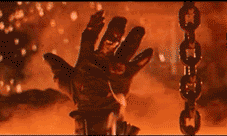What do you think?
Rate this book


444 pages, Mass Market Paperback
First published January 27, 2015


More reviews (and no fluff) on the blog http://surrealtalvi.wordpress.com/
Continuing smoothly from the first book in the series, Cities and Thrones is an intelligent, beautifully written, and well crafted story of dystopian/post apocalyptic intrigue. Where the first book surprised with its "Planet of the Apes" ending, the second book feels very much like a study of the after affects of the French Revolution. Political maneuverings, shady dealings, rise and fall to/from power, and a scramble to understand, survive, or capitalize on the upheaval are the core of the book.